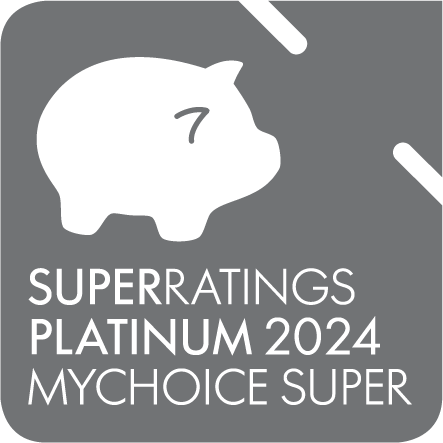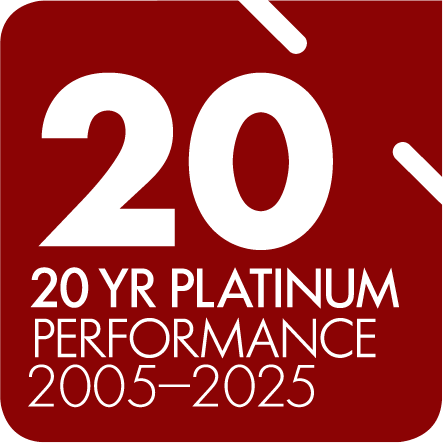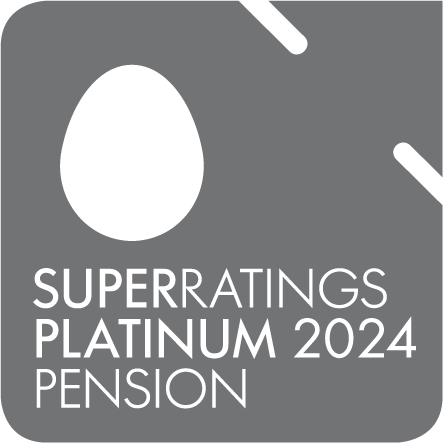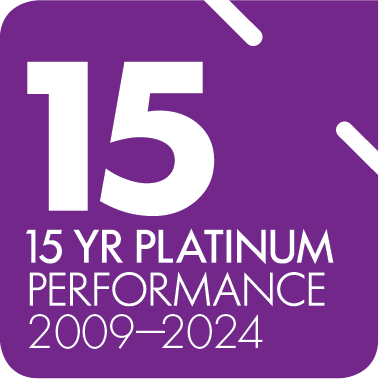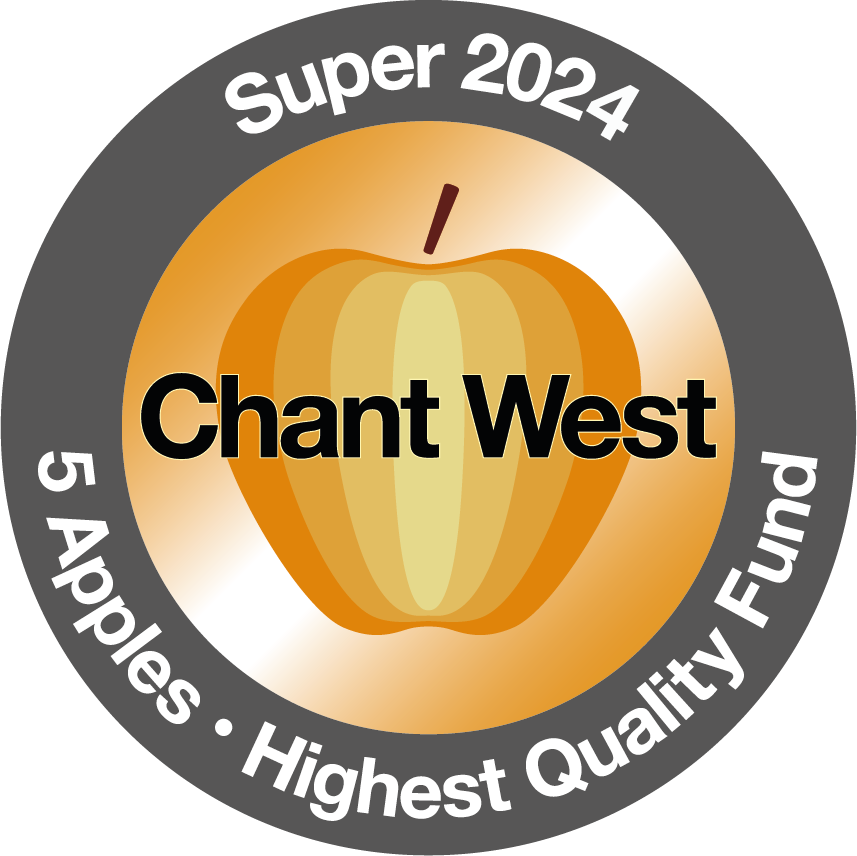How do downsizer contributions work?
If you’re 55 or older and you sell your family home, you can contribute up to $300,000 per person towards your super. This applies even if your super balance exceeds the $2 million transfer balance cap.
However, downsizer contributions will count towards your transfer balance cap, and is applied when you move from accumulation into retirement.
The downsizer contribution applies to the family home, which means you must have owned the property for at least 10 years and used it as your primary place of residence.
More specifically, you'll need to adhere to the following rules:
- You must be aged 55 or over.
- The maximum contribution per person is $300,000.
- If you’re a couple selling your property, both of you can contribute into your super, up to a combined maximum of $600,000.
- You must notify your super fund trustee in advance if you’re making a downsizer contribution so that it’s entered as exempt from the non-concessional contributions cap.
- You can’t claim a personal tax deduction for a downsizer contribution.
- If the property sells for less than $300,000, you can only contribute up to the property’s value, i.e. $250,000 if that’s what the property sold for.
- You must make your downsizer contribution within 90 days of receiving the proceeds of the sale.
- You must not have made a previous downsizer contribution to your super from the sale of another home or from the part sale of your home.


